Cheek Filler and Facial Shape Considerations
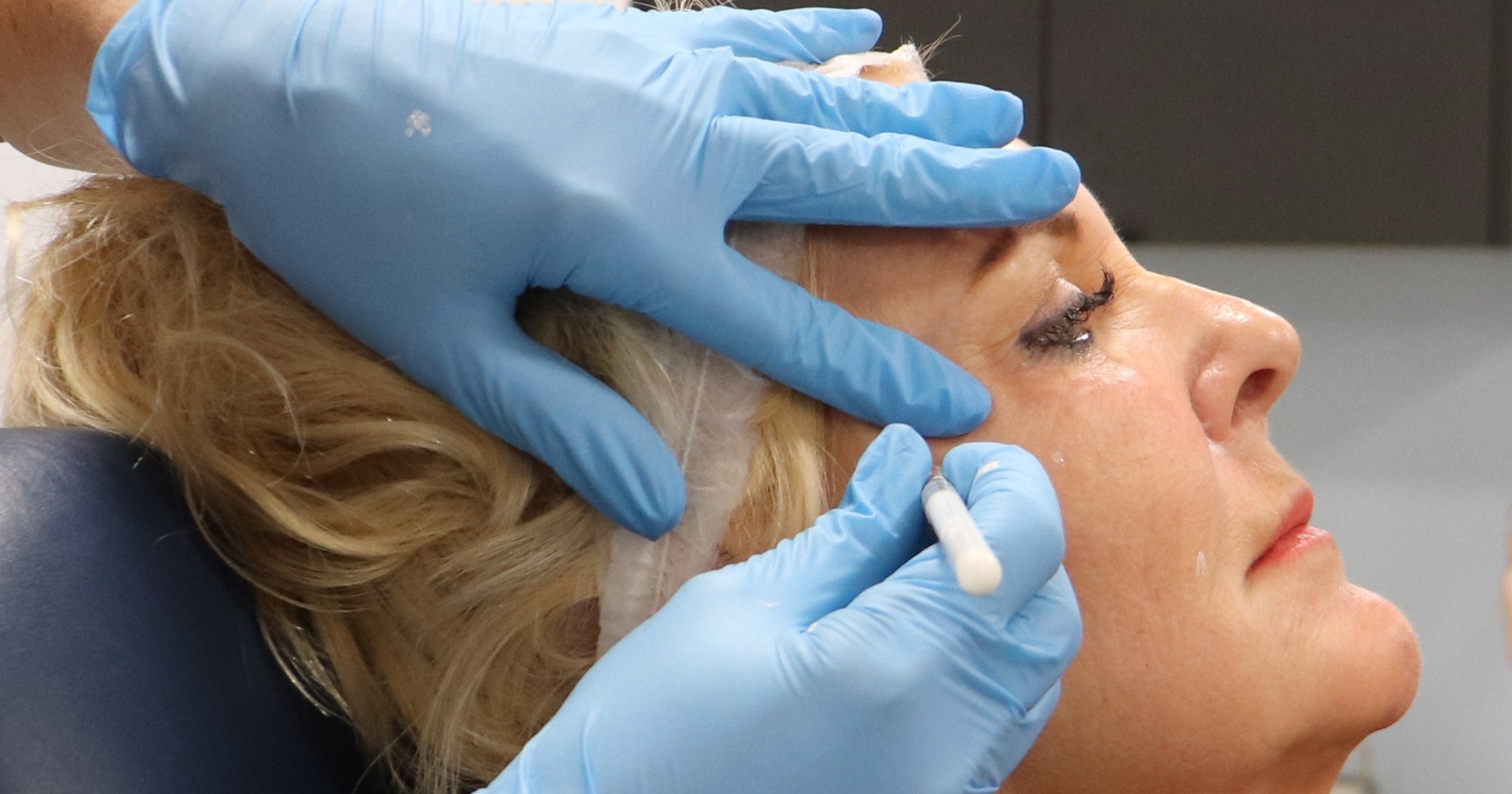
Are you aware of the facial shape considerations for harmonious cheek filler treatments?
Understanding facial proportions and anatomy is vital for effective, safe and natural-looking aesthetic treatments. Cheek filler is a particularly strong example of how this knowledge helps you to provide personalised, balanced results your patients will love.
Here, Dr Kalpna Pindolia and Dr Jess Srivastava run through key factors and role face shape plays in cheek filler treatments.
We hope their insights, combined with your own study, will inform and improve your approach to cheek augmentations!
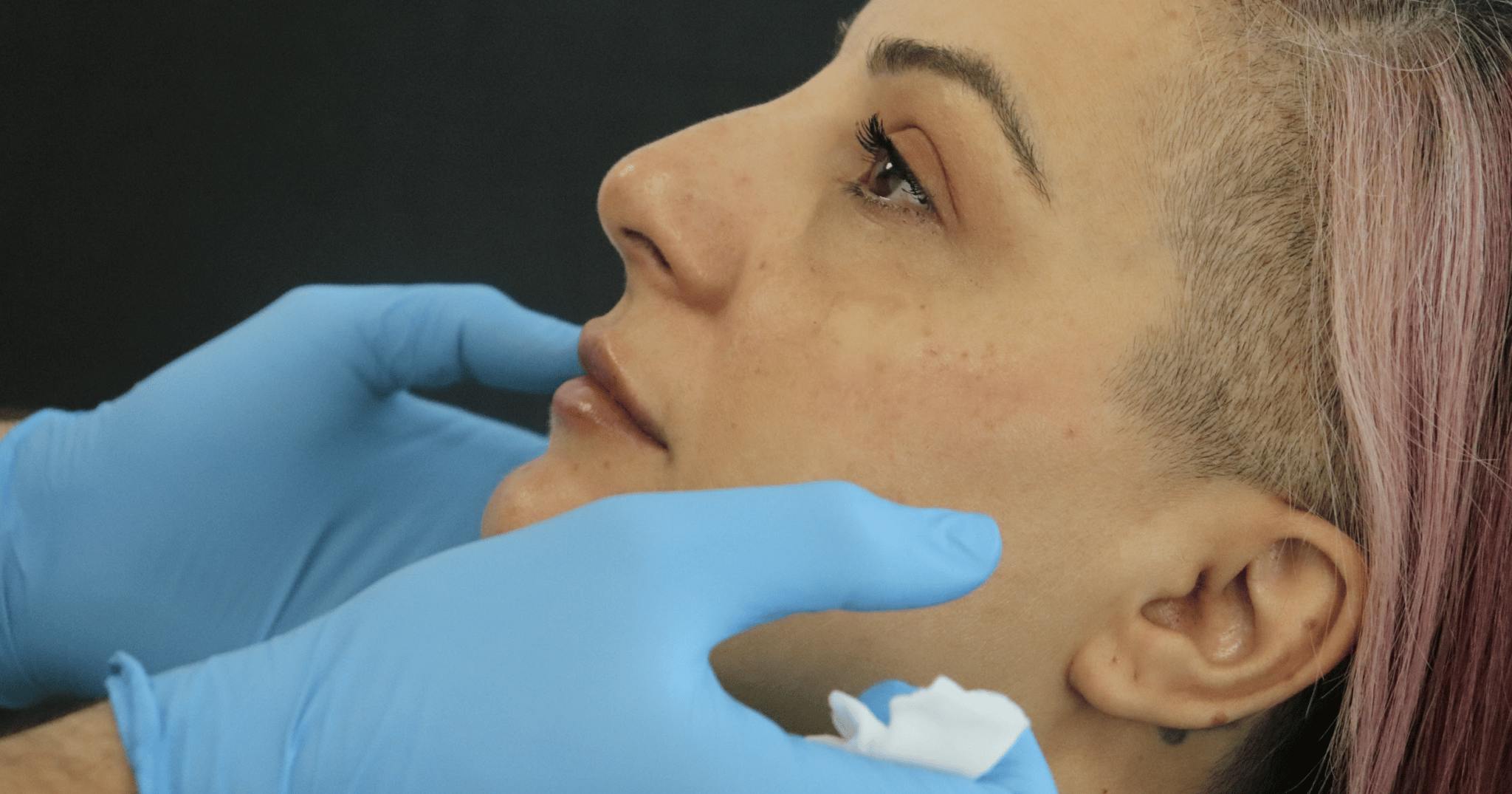
Cheek filler and facial shape considerations
Dr Kalpna (Kal) is an experienced aesthetics specialist, director of education at Harley Academy and also practices at STORY Marylebone.
Dr Jess is a Harley Academy clinical trainer, cosmetic doctor and Allergan Spark award winner with her own aesthetics practice.
What role does face shape play in creating the best cheek filler results?
“Upon facial analysis we often are able to determine the patient’s face shape,” advises Dr Jess. “Depending on what presents to us, we can create cheek augmentations to compliment their facial shape. Bear in mind, however, that this differs for male and female presenting patients.”
Dr Kal notes, “Appreciation of facial shape means you can artistically manipulate the individual thirds of the face to change the overall shape. For instance, creating zygomatic prominence in a square face widens the middle third. This creates more of a heart shape overall, which can be seen as more ‘feminine’ and youthful.”
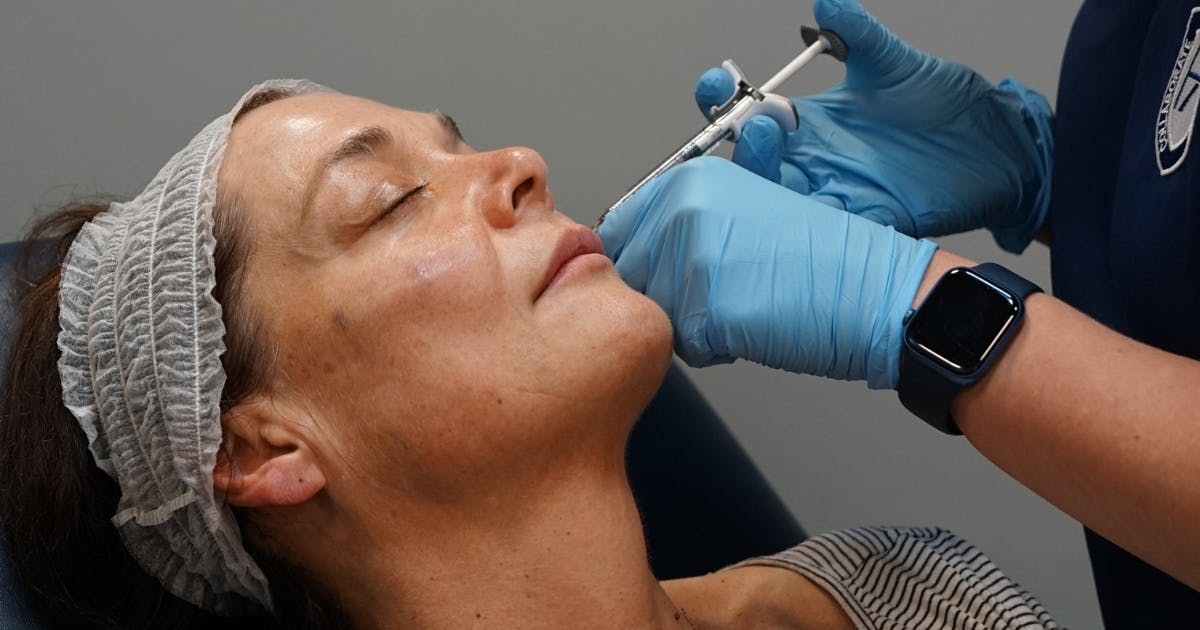
How does gender presentation alter injectors’ facial shape considerations?
There are a number of traditional gender-based preferences when it comes to facial shapes and proportions. When working with your patients, our doctors recommend being mindful of the following considerations…
Dr Jess’ advice for treating female-presenting cheek filler patients:
Round face shapes: “Those with a rounder facial shape may require additional support in the cheek area to create a more heart-shaped face and more traditionally “ideal” proportions. From a profile view they often have quite a full medial cheek and apical area, so the focus is often on creating volume and shape laterally.”
Heart-shaped faces: “A more heart-shaped face may need much less cheek support as there is often more natural support. The focus here would be to ensure the cheeks are not enhanced too much as to make the temples and pre auricular area appear hollow.”
Oval face shapes: “An oval face often has longer facial features; creating cheek support both laterally and medially can help to improve these facial proportions.”
Square face shapes: “In a female with a square face, a slight increase in bizygomatic width to try and balance their naturally wide bigonial width, will achieve better overall balance.”
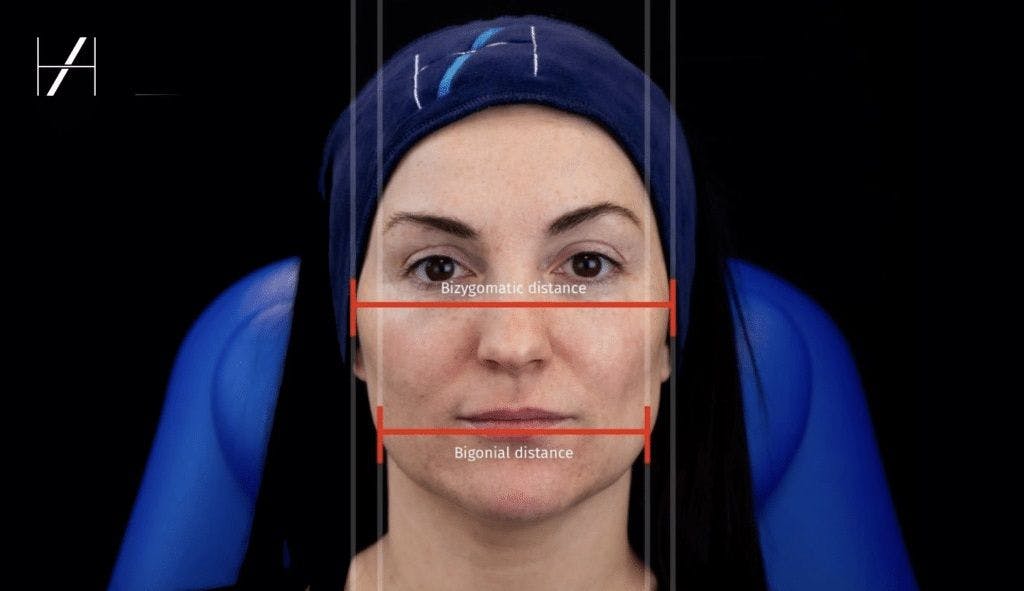
Dr Kal’s advice for treating male-presenting cheek filler patients:
“With all patients it’s useful to consider the lower face; elements like bigonial distance and chin width need to be considered in conjunction with cheek appearance. Maxillary and zygomatic resorption with ageing is more pronounced in men. However, to avoid ‘chipmunk cheeks’, male cheeks should have a more uniform volume distribution overall, compared to females who have more medial fat prominence in this region.”
Round face shapes:
“Avoid too much medial cheek filling as even subtle overfill can puff the appearance, giving a ‘pillow face’ look. Focus on zygomatic contour instead to achieve a flat but angular appearance. Be mindful of balancing your approach with the lower face and temples, too.”
Heart-shaped faces:
“In this scenario it’s worth looking at the lower face to indirectly address the heart shape to achieve a more traditionally masculine square shape. This may be by using gonial angle augmentation and creating a square chin, with it’s width aligning to the oral commissures.”
Oval face shapes:
“Oval shapes in the male may benefit from defined zygomatic structure and jaw structure to achieve a more square shape overall.”
Square face shapes:
“This is perhaps considered an ‘ideal’ male face shape. As with round shapes, avoid overfiling medially. Chiselled bony structure may be a focus if required.”
Face shape considerations when treating gender-fluid patients:
When treating gender fluid patients, always spend extra time ensuring you fully understand their preferred facial aesthetic during your consultation. Have them explain their desired look to you and ensure you are both on the same page when agreeing a treatment plan. You can then apply the above advice as necessary, if appropriate.
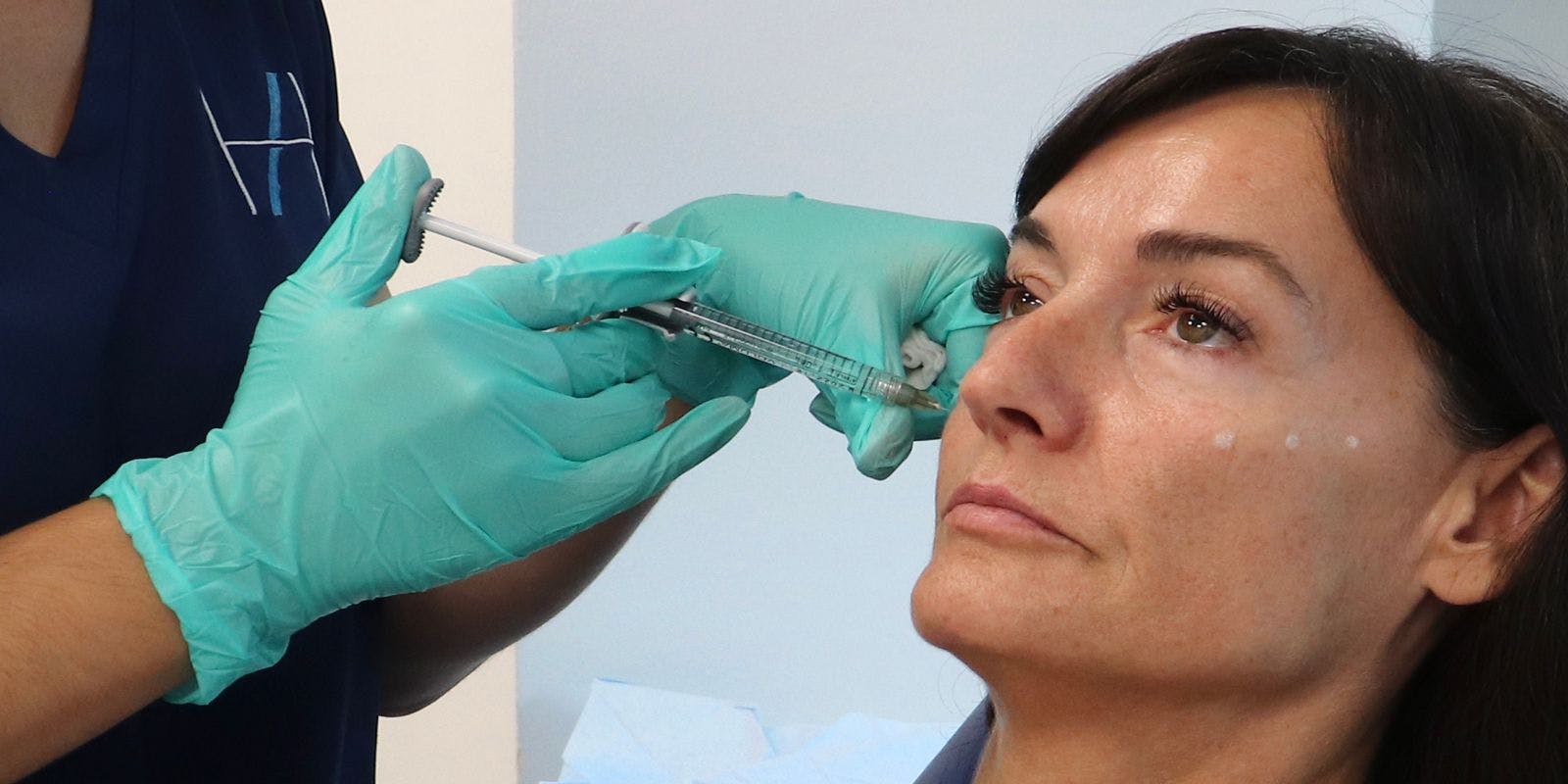
Cheek filler training for healthcare professionals
If you’re a doctor, dentist, nurse or clinical pharmacist interested in learning how to administer cheek filler or improve your technique, we offer a number of training options.
The following aesthetic courses offer cheek filler training for beginners:
Foundation Training in Botox & Dermal Fillers
Core Training in Botox & Dermal Fillers
Level 7 Diploma in Botox & Dermal Fillers
Once you have completed at least your Foundation Training in injectables, you can then progress to our dedicated Cheek, Mid-Face & Lower Face Filler Masterclass. This offers more targeted learning and an opportunity to really hone your skills in a specific region.
For experienced cosmetic injectors who wish to formalise their injectables training by gaining an industry-leading Master’s level qualification in aesthetic medicine, we offer:
Fast Track Level 7 Diploma in Botox & Dermal Fillers.
So, as you can see, there are a lot of options! We understand it can be overwhelming and not always easy to know which is the right option for you. But we're here to help.
Book a call with our Course Advisors who'll listen to your requirements and guide you through your best options. They'll answer any queries and don't believe in there being any such thing as a silly question!
Still need help with your cheek filler technique? Have a burning face shape query you’re desperate for specialist advice on? Let us know over on the Harley Academy Instagram account so we can arrange this for you.
All information correct at the time of publication
Download our full prospectus
Browse all our injectables, dermal fillers and cosmetic dermatology courses in one document
By submitting this form, you agree to receive marketing about our products, events, promotions and exclusive content. Consent is not a condition of purchase, and no purchase is necessary. Message frequency varies. View our Privacy Policy and Terms & Conditions
Attend our FREE open evening
If you're not sure which course is right for you, let us help
Join us online or in-person at our free open evening to learn more
Our Partners













STAY INFORMED
Sign up to receive industry news, careers advice, special offers and information on Harley Academy courses and services

